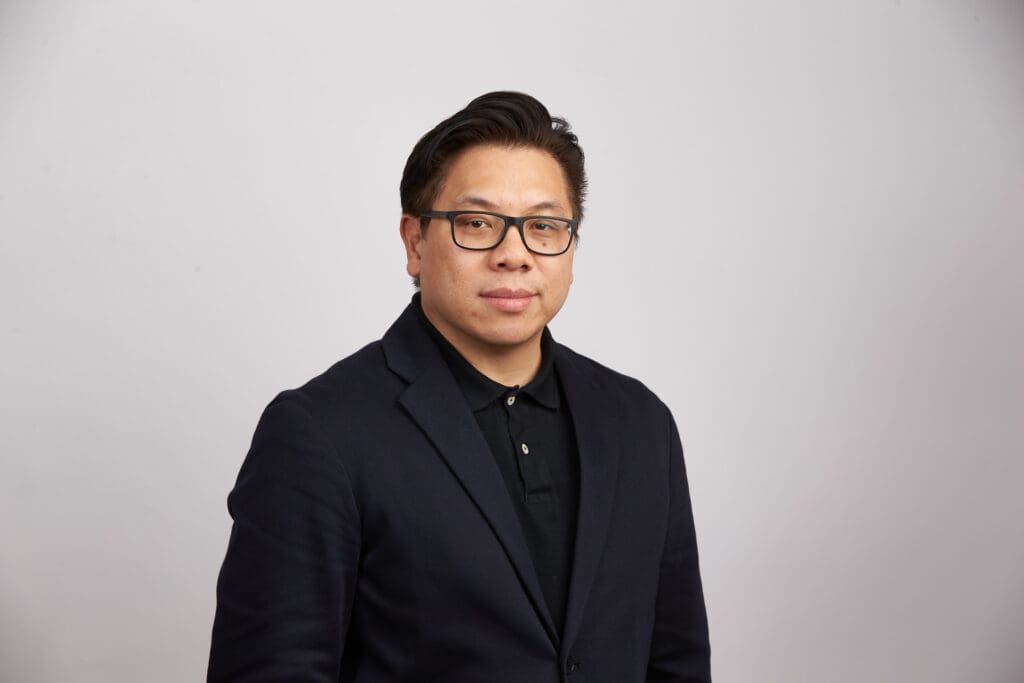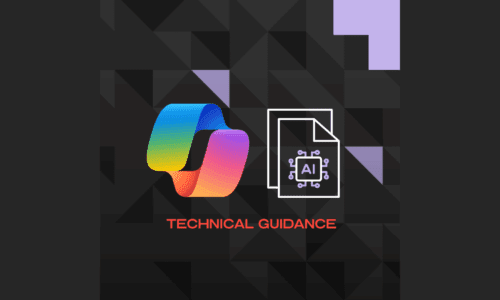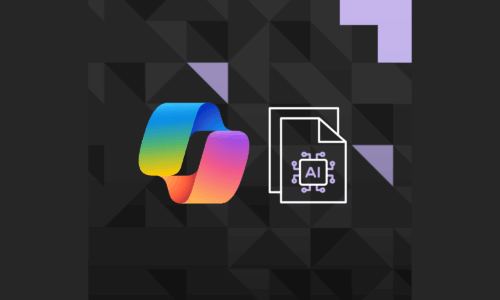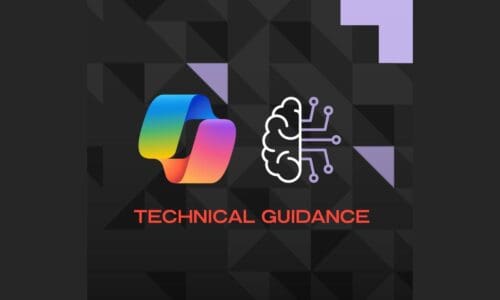Meet Richard Choi, Ultima’s Head of Datacentre
Introducing Richard Choi, our Head of Datacentre. His leadership role bridges Hybrid Cloud and Backup, & Disaster Recovery, helping customers develop the readiness for any eventuality.
Richard, please tell us about your background and how you came to Ultima.
I spent my early career as a technical specialist in end-customer environments, so I came to deeply understand the challenges most organisations face every day. I eventually decided I wanted to be the one helping solve those challenges, so I joined Ultima as a technical expert in Private Cloud solutions with virtualisation & storage. That was 17 years ago!
Since then, I’ve been developing Ultima’s specialist consultancy in infrastructure with a focus on virtualisation, storage, and datacentre design. This has evolved organically to include Hybrid Cloud architectures and secure infrastructure design.
What are the most interesting and/or complex problems you've worked on this year?
There have been so many! Two that stand out are – helping customers manage the risk of data loss due to ransomware attacks; and consulting them on how to achieve the buy-in needed to develop and roll out Disaster Recovery across their business.
How has the role of Backup & Disaster Recovery changed with Hybrid Cloud becoming more ubiquitous?
From a Hybrid Cloud perspective, Backup & Disaster Recovery are no longer purely an on-premises exercise. They are now a question of architecture, spanning on-prem, Private Cloud, and Public Cloud. That means a few things.
One, RPO and RTO planning must consider multiple platforms, cross-site replication, and knowledge of availability features in Public Cloud.
Two, Disaster Recovery playbooks need to consider Cloud components, ideally creating an Azure Landing Zone as standard and also considering how to failover to Cloud, Cloud networking, identity and access, and so on.
Three, operational tooling and testing are now crucial. That means regular validation across Hybrid boundaries rather than ‘set and forget’ tape or snapshot schedules.

When is Hybrid Cloud not the right choice for an organisation?
This is a question I tackle on a regular basis. Obviously, if strict regulatory or residency requirements mandate fully isolated on-premises solutions, an organisation should not attempt to meet them with a Hybrid Cloud model.
Our guidance and common patterns also highlight that if workloads are simple, stable, and very cost-sensitive – and where the total cost of ownership (TCO) for Public Cloud will add significant costs – full on-premises may be better.
The third example is that organisations sometimes lack the operational maturity, in terms of skills, automation, and governance, to manage multi-platform environments. In this case, the sophistication of Hybrid can outweigh its benefits.
What do IT leaders often overlook when planning for Disaster Recovery?
Many teams underestimate the operational workload that’s required to fail over. Simply having backups isn’t enough. You’ve got to also consider networking, DNS, identity, and licensing. Not being prepared across all these areas can really set you back in the very moment you want to be in control.
I’ve also seen organisations failing to test their Disaster Recovery often enough across the Hybrid boundary. Or they may limit their testing to a component level rather than rehearsing full-service recovery. This leaves them underprepared in a real-world scenario where multiple systems get wiped out.
What single tactic would you recommend to IT leaders to strengthen their Backup & Disaster Recovery posture, starting tomorrow?
I’d highlight the need for practical, testable design. That means running end-to-end Disaster Recovery tests that simulate a real failover. It should include networking, authentication, and application validation. Results should be used to prioritise fixes. This kind of testing converts abstract RPO/RTO targets into tangible gaps you can close.
What's the most important lesson you’ve learnt from working in high-risk environments where everyone’s focus is the worst-case scenario?
Investing in well-defined operational processes and regular validation and testing reduces panic and keeps costs down when incidents happen. Technology alone won’t save you; people, runbooks, and tested procedures do. Invest in them.
What innovations in Backup, Disaster Recovery, or Hybrid Cloud excite you most right now?
In my opinion, the industry is signalling a clear move in a few interesting directions.
Better automation and orchestration for Hybrid failover and Disaster Recovery testing. Integrated approaches that treat Disaster Recovery as a service across on-premises and Public Cloud to reduce manual effort. And tooling to standardise policies and provide observability across platforms so that backups and recovery systems are visible and auditable regardless of their location.
What's been the highlight of your year — one in-work, one out-of-work
In work, it’s been the helping people first-hand with Hybrid Cloud and Backup, running events and webinars (like this one) and guiding customers through the process of assessment.
Out of work, I travelled to Athens with my family. We visited the Acropolis, enjoyed the history and culture, explored islands, and had some amazing food and drink! It was a fantastic experience.
And why should organisations choose Ultima for Hybrid Cloud and Backup & Disaster Recovery?
Ultima operates at the intersection of datacentre ops, Cloud, and security, so we treat Hybrid infrastructure and Backup & Disaster Recovery as one, holistic discipline. Compliance, cost control, and resilience are built in by design, and we tailor our consultancy approach to the unique qualities of the organisation. This is the recipe IT leaders need to develop a strong business case for data loss prevention and then actually deliver data loss risk reduction at a meaningful scale. It’s about seeing the big picture beyond the technologies, thinking about current state, target state, strategy, implementation, measurement, and long-term business impact. That's the way we work.





